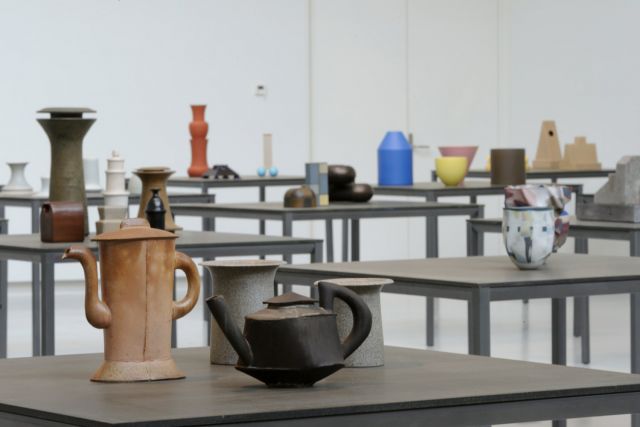
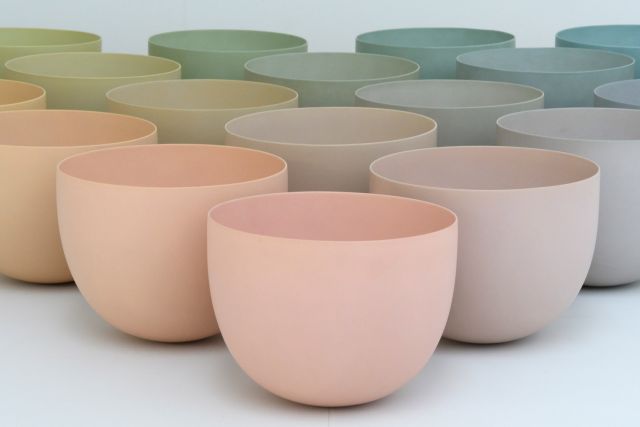
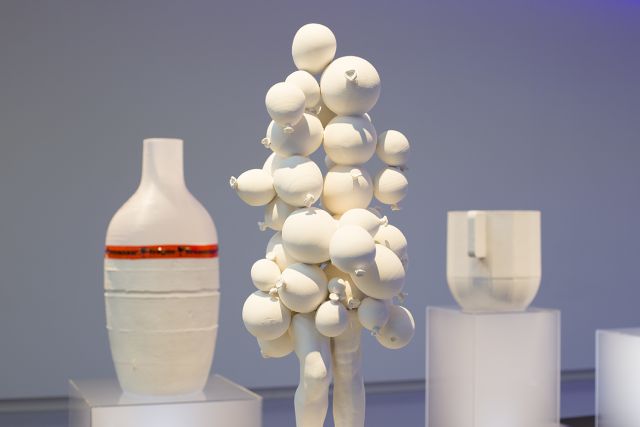
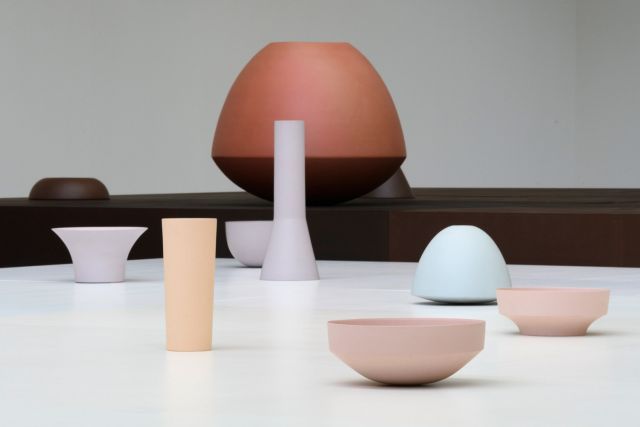
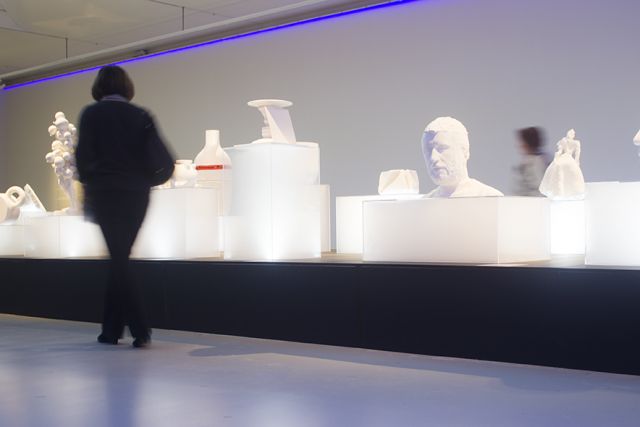
Design Museum Den Bosch
- 's-Hertogenbosch, Netherlands
- Museum
Tuesday to Sunday 11:00 - 17:00
+31 (0)736273680
The history of the Design Museum Den Bosch illustrates how craft can act as an inseparable element of design. The museum’s history can be traced all the way back to 1956, as an educational archive initiative of the Koninklijke Akademie voor Kunst en Vormgeving ’s-Hertogenbosch, which focused on ceramics and posters. It was established as Museum Het Kruithuis in 1985, then renamed the Stedelijk Museum ’s-Hertogenbosch in 1994. Over the years, the staff have enriched its collection with post-war and contemporary jewellery. In 2016, the museum changed its focus to the cultural significance of design, and in 2018 it was reinvented as the Design Museum Den Bosch to reflect this shift in focus.
The museum adopts a strategy based on temporary exhibitions, with eight to ten exhibitions and presentations per year which delineate the history, current affairs and future-oriented quality of design at its very best. However, the museum’s exquisite permanent collection of ceramics and jewellery can also be viewed along its monumental spiral staircase and in various temporary exhibitions. The museum recently introduced its latest highlight, The Cabinet, designed by Bureau Lakenvelder and located at the top of the spiral staircase, which showcases its ceramics collection and includes works by Pablo Picasso, Jean Cocteau and Marc Chagall.









